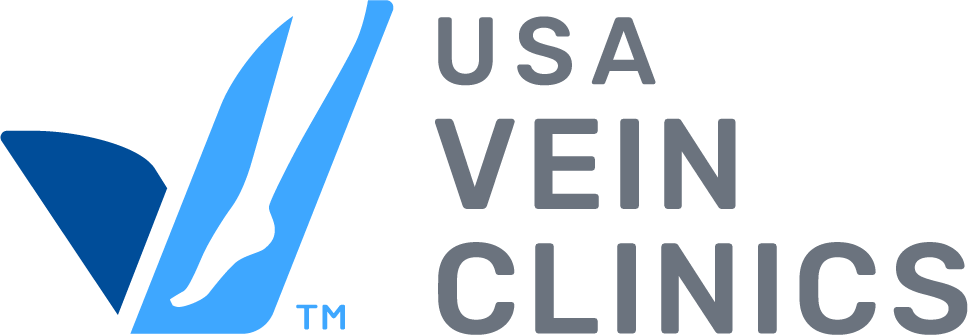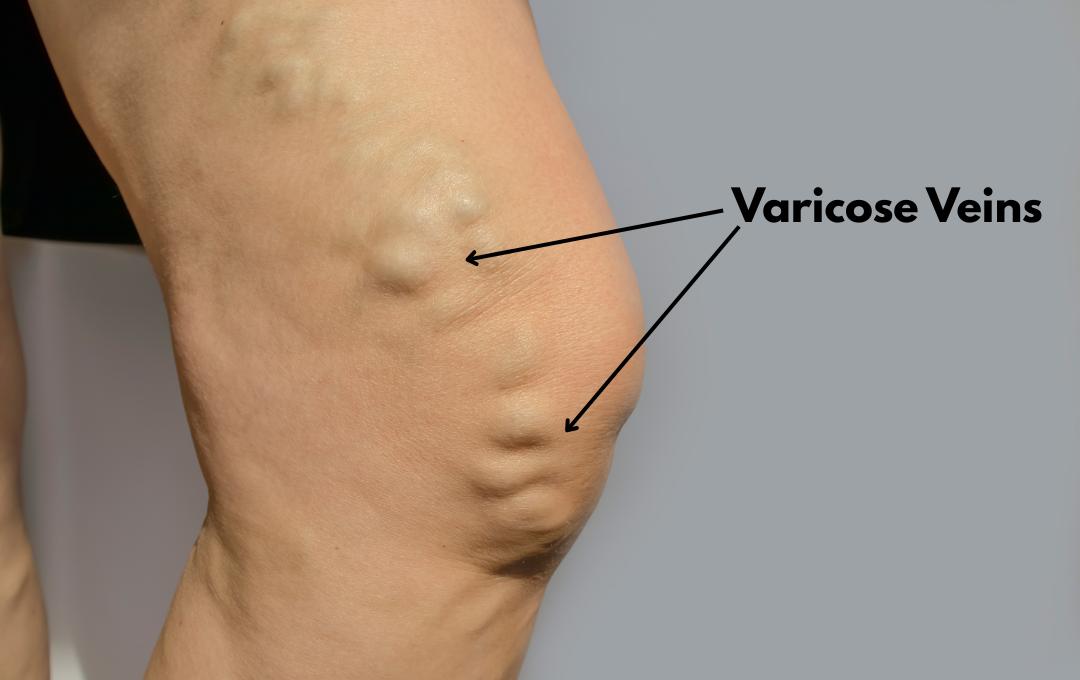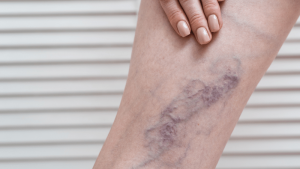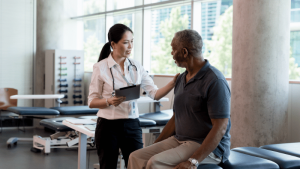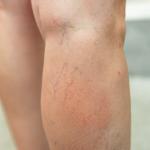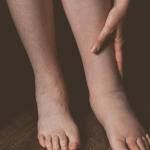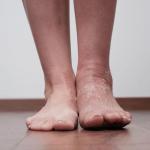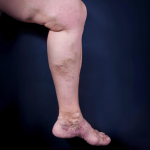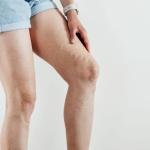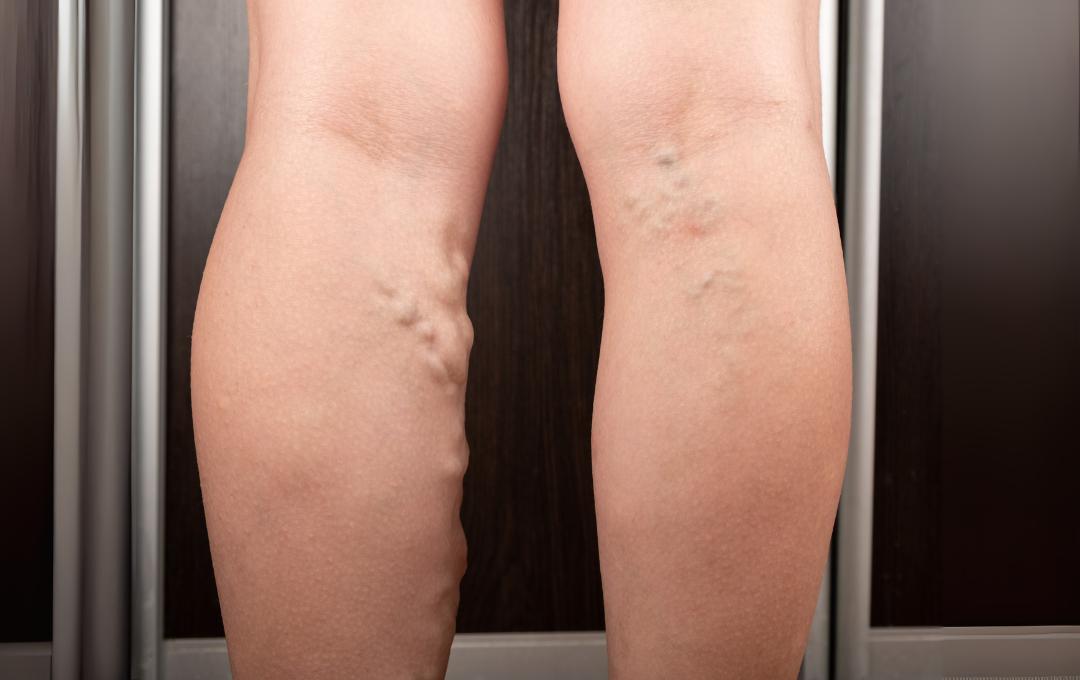
Visible, bulging veins on your legs might seem like a cosmetic concern, but they could be your body’s way of signaling deeper circulation problems. Varicose veins aren’t always harmless, and in many cases, they’re an early warning sign of vein disease, also known as chronic venous insufficiency (CVI).
Understanding the relationship between chronic venous insufficiency and varicose veins helps determine when to seek medical care and what steps to take to protect your vein health. If you are noticing persistent vein symptoms, it may be time to meet with a vein specialist or learn more about vein disease.
What Do Varicose Veins Mean?
Varicose veins are enlarged, twisted veins that most often appear in the legs. They typically develop when the one-way valves in your veins weaken or fail, allowing blood to pool instead of circulating properly back to your heart. This pressure buildup causes the veins to bulge and become more visible under the skin.
Although not all varicose veins are harmful, their presence, especially when accompanied by symptoms, often indicates an underlying issue that should not be ignored.
Symptoms of Varicose Veins
Since varicose veins can indicate deeper vein issues, understanding the symptoms can help you know when to visit a vein specialist. One of the most recognizable symptoms of varicose veins is the appearance of bulging, blue to purple veins.
Other symptoms can include:
- Swollen legs and ankles
- Aching in the legs and ankles
- Leg restlessness, especially at night
- Itching and burning around the affected veins
- Heaviness in the legs
- Pain that worsens after prolonged sitting or standing
Recognizing the signs of vein disease, such as varicose veins, and getting treated for it can prevent symptoms from progressing.
Are Varicose Veins a Disease?
Varicose veins can be a sign of chronic venous insufficiency (CVI), a condition that disrupts proper blood flow in the legs. Even if symptoms aren’t apparent now, the appearance of varicose veins may be the first sign of a vein problem. If left untreated, CVI can lead to more serious complications such as persistent swelling, skin discoloration, and an increased risk of blood clots. CVI can also cause venous ulcers, which are open wounds that are slow to heal and prone to infection.
The Difference Between Chronic Venous Insufficiency and Varicose Veins
Chronic venous insufficiency (CVI) and varicose veins are both related to veins, they are different conditions with separate causes and symptoms.
Let’s break down the connection between venous insufficiency and varicose veins:
- Chronic Venous Insufficiency: A condition where damaged or weakened vein valves impair blood flow, which causes the blood to pool in the legs.
- Varicose Veins: The visible veins that form when pressure from pooled blood causes veins to stretch and twist.
In other words, varicose veins result from CVI, but are not necessarily the initial cause. However, not everyone with varicose veins has CVI, and not everyone with CVI will develop visible varicose veins.
Other Factors That Can Cause Varicose Veins
While chronic venous insufficiency is the most common cause of varicose veins, other factors can also contribute to their development.
A few of the other varicose vein causes include:
- Deep Vein Thrombosis: Can damage the vein walls and valves, resulting in long-term circulation issues.
- Obesity: Excess weight adds more pressure on the leg veins.
- Pregnancy: Hormonal shifts and increased abdominal pressure can cause veins to dilate.
- Genetics: A family history of varicose veins increases one’s risk significantly.
- Age: As we age, veins lose elasticity and valves weaken, making it harder for blood to return to the heart.
Although varicose veins may not seem like a health issue initially, they can be a sign of more serious complications that require medical attention.
Symptoms That May Indicate Severe Vein Disease
Even if you’ve had varicose veins for years, it’s important to recognize new or worsening symptoms as they may indicate a more advanced stage of vein disease. Monitoring additional symptoms can help you understand the potential severity of your condition and the need for medical attention.
Signs of severe vein disease include:
- Chronic swelling in the legs that worsens throughout the day
- A heavy or aching feeling, especially after standing or sitting
- Restless legs or tingling at night
- Skin changes like darkening or discoloration around the affected area
- Chronic pain
- Slow-healing sores or wounds (early signs of venous ulcers)
If you’re experiencing symptoms of chronic venous insufficiency and varicose veins, schedule a consultation with a vein specialist for a comprehensive diagnosis and personalized treatment plan.
Treating Venous Insufficiency at USA Vein Clinics
Vein disease and varicose veins are treatable, and there are many options that can alleviate symptoms before they get worse. USA Vein Clinics offers a range of minimally invasive, FDA-approved treatments to improve blood flow. These treatments can be conveniently done in an outpatient setting, and the recovery times are short, so you can get back to doing what you love without the pain and visible veins.
Our non-surgical vein treatments include:
- Endovenous Laser Therapy (EVLT)
- ClariVein®
- Varithena®
- VenaSeal™
- Radiofrequency Ablation (RFA)
- Ultrasound-Guided Sclerotherapy
- Visual Sclerotherapy
Addressing venous insufficiency symptoms such as varicose veins early can help you avoid long-term discomfort, swelling, skin damage, and the risk of more serious complications. USA Vein Clinics’ nationwide team of specialists can evaluate your vein health and provide personalized care. Most treatments are covered by insurance, and many patients can resume regular activity right after treatment with minimal downtime.
FAQs: Chronic Venous Insufficiency and Varicose Veins
Can varicose veins get worse over time?
Varicose veins may worsen over time if left untreated, with symptoms growing more severe and potentially leading to skin and tissue problems such as discoloration, ulcers, and bleeding.
Is it safe to leave varicose veins untreated if I don’t have symptoms?
Even without symptoms, untreated varicose veins can still progress over time. This may lead to serious complications like blood clots or skin damage over time. Monitoring them with a vein specialist can help catch changes early—even if treatment isn’t needed right away.
How can I prevent varicose veins from turning into something more serious?
You can help prevent varicose veins from becoming more serious by seeking treatment at the first sign of discomfort, swelling, or skin changes. Early intervention can reduce your risk of complications like ulcers or blood clots.
